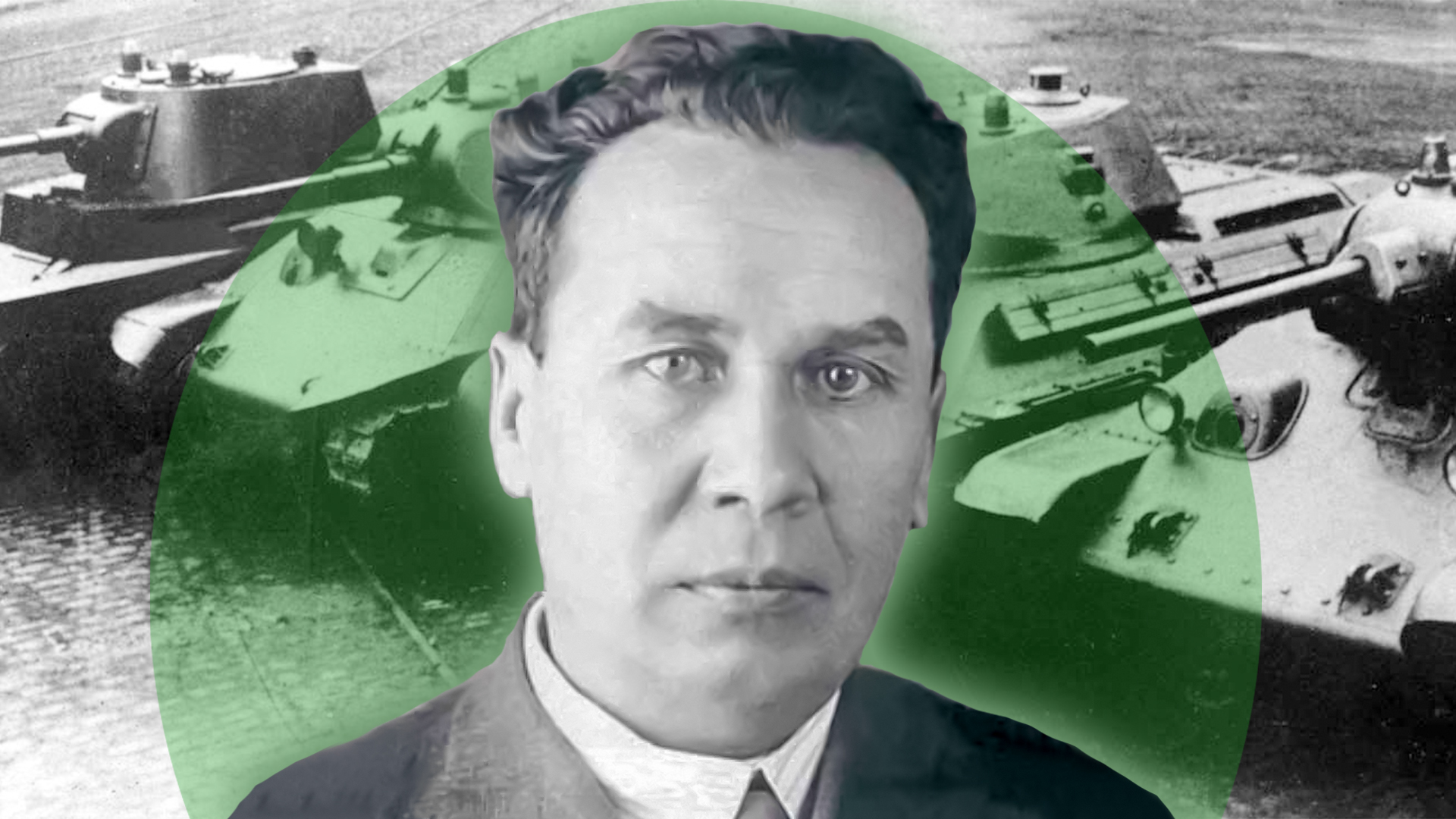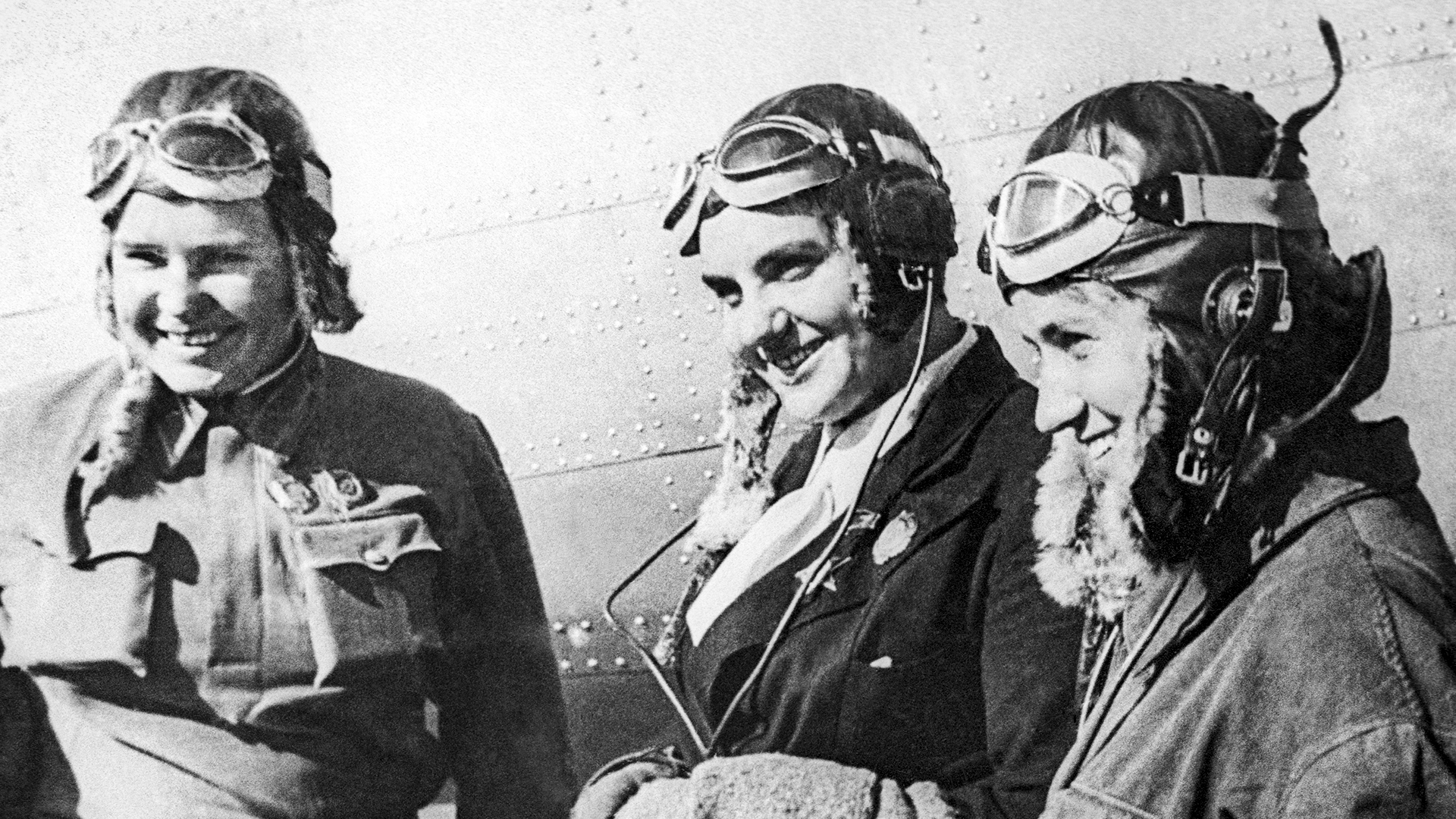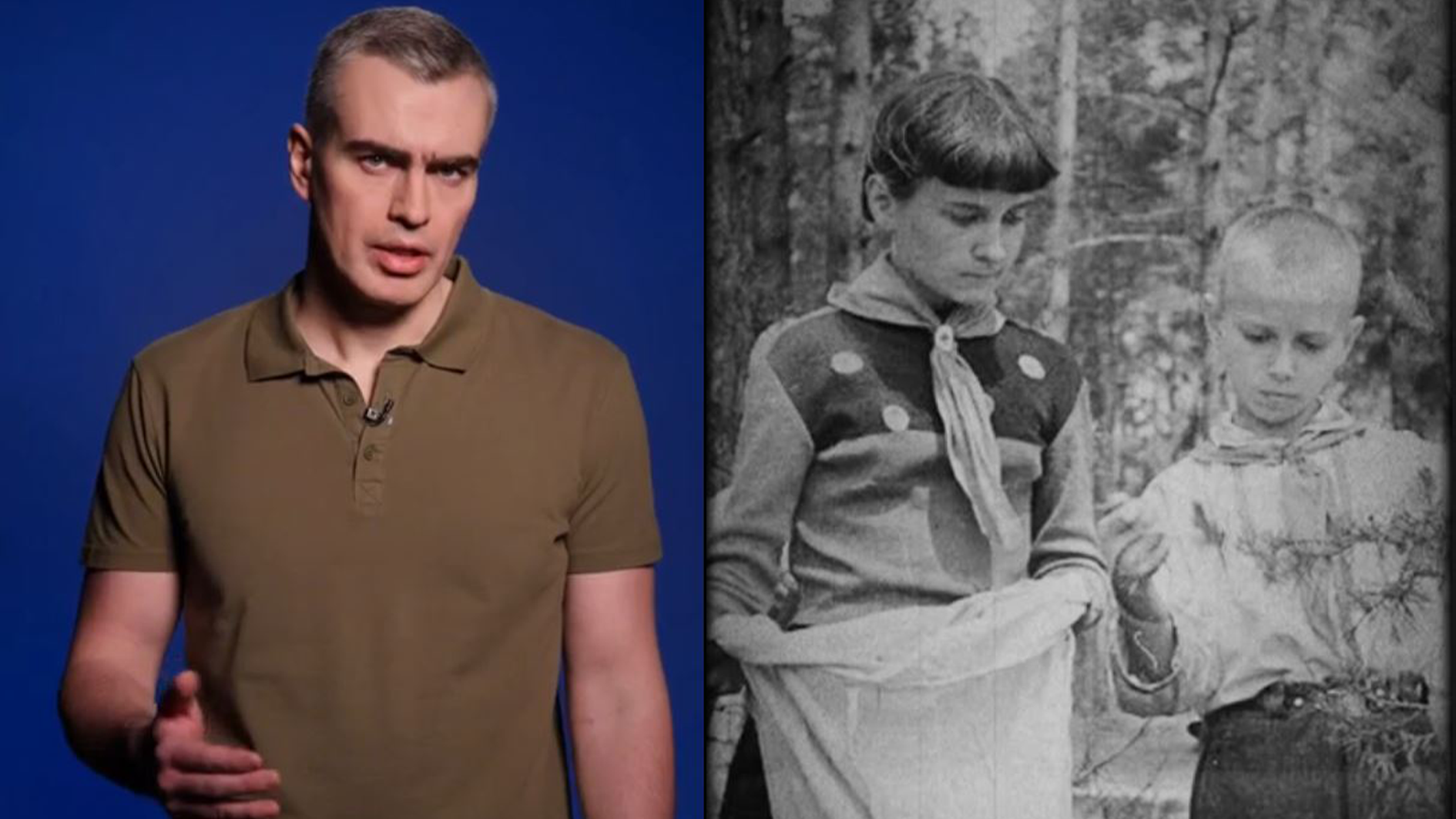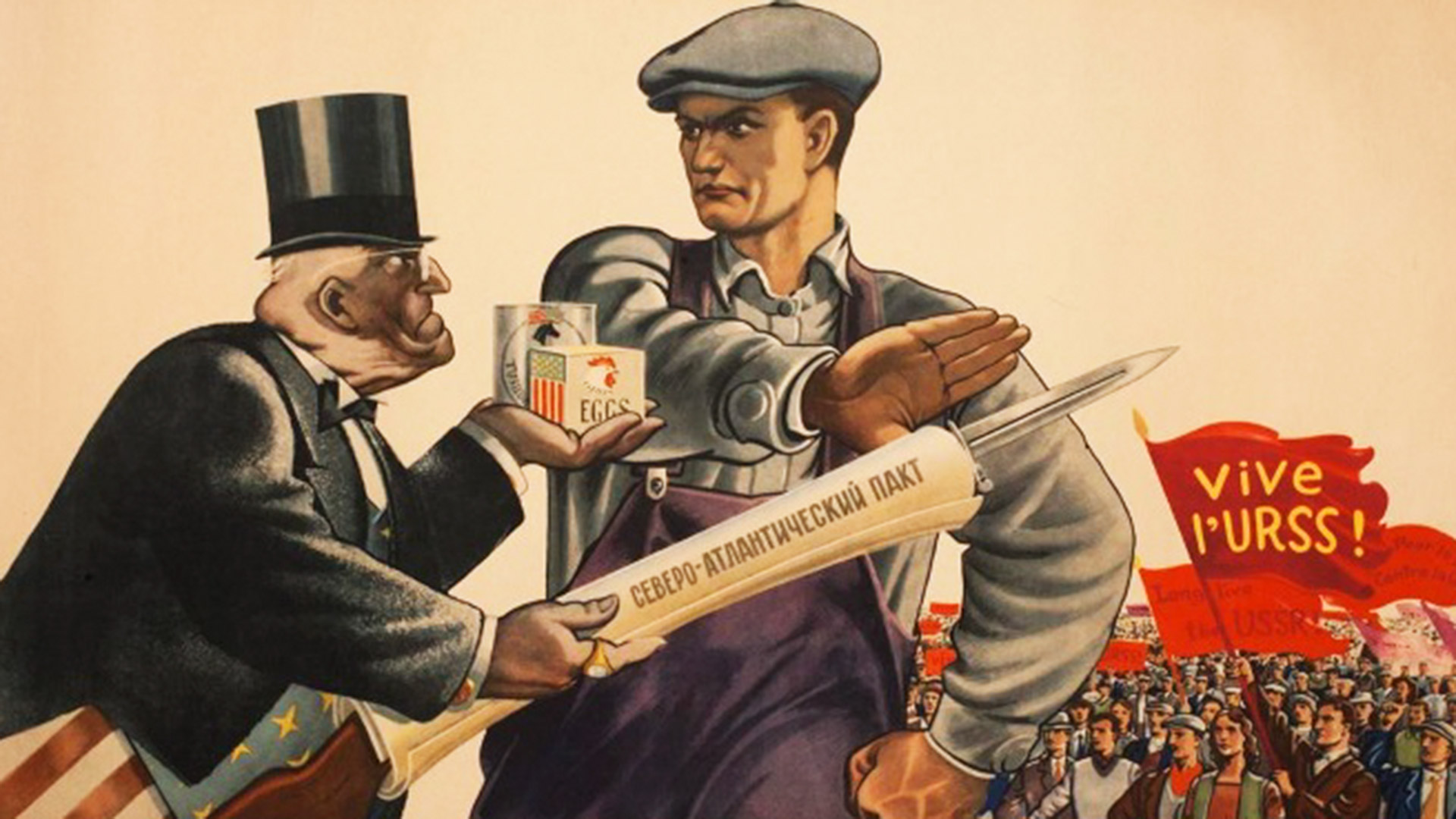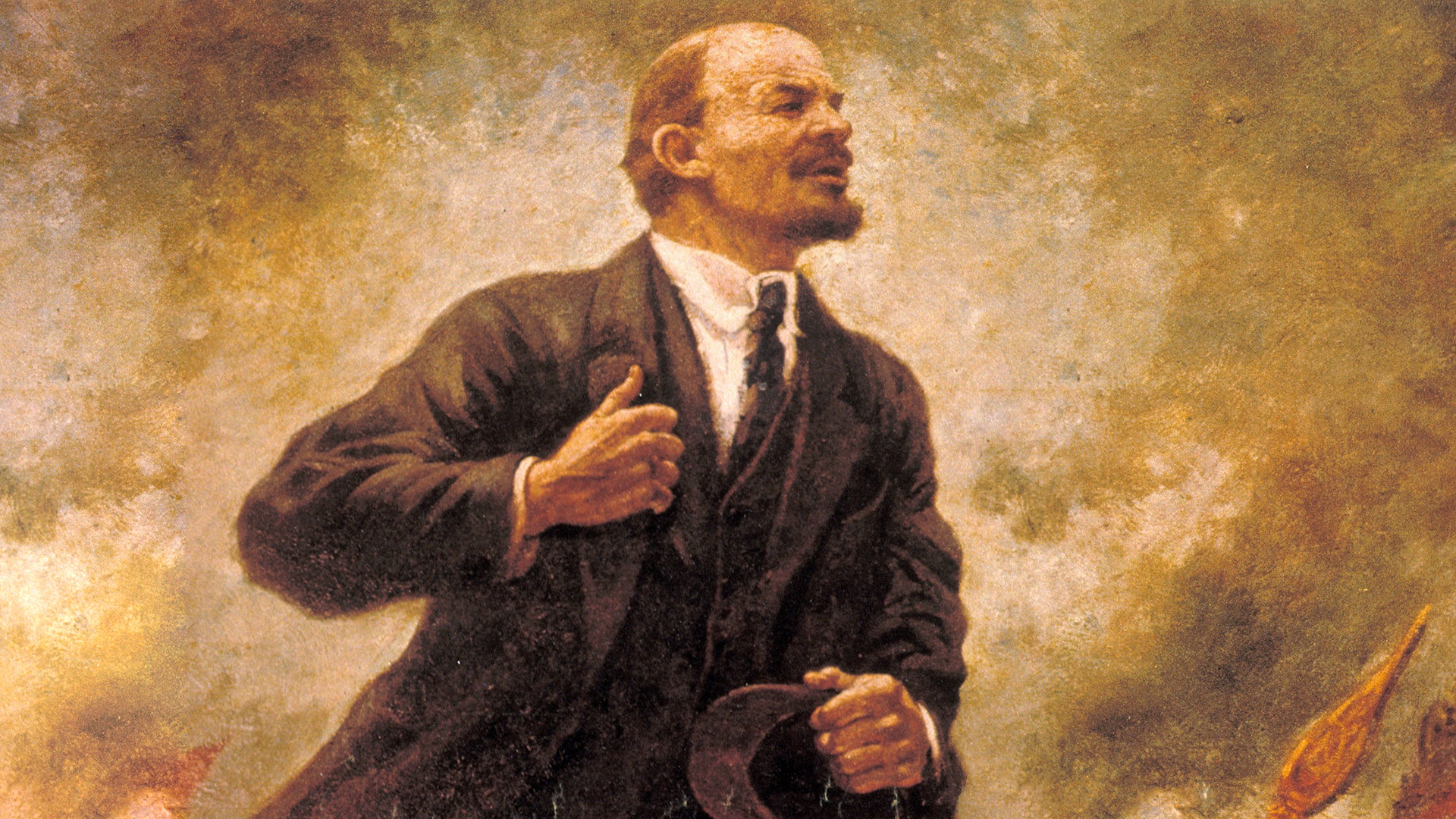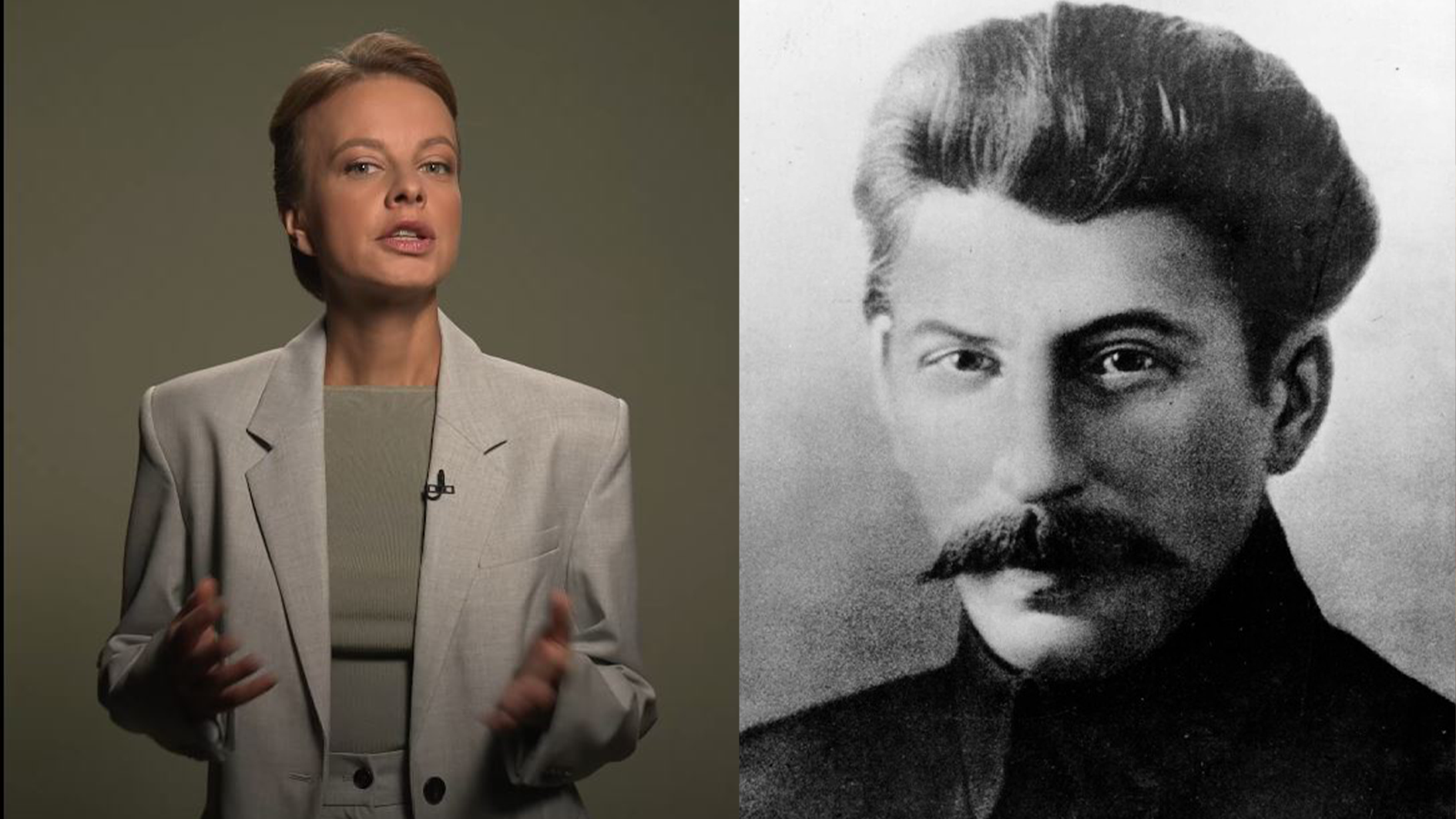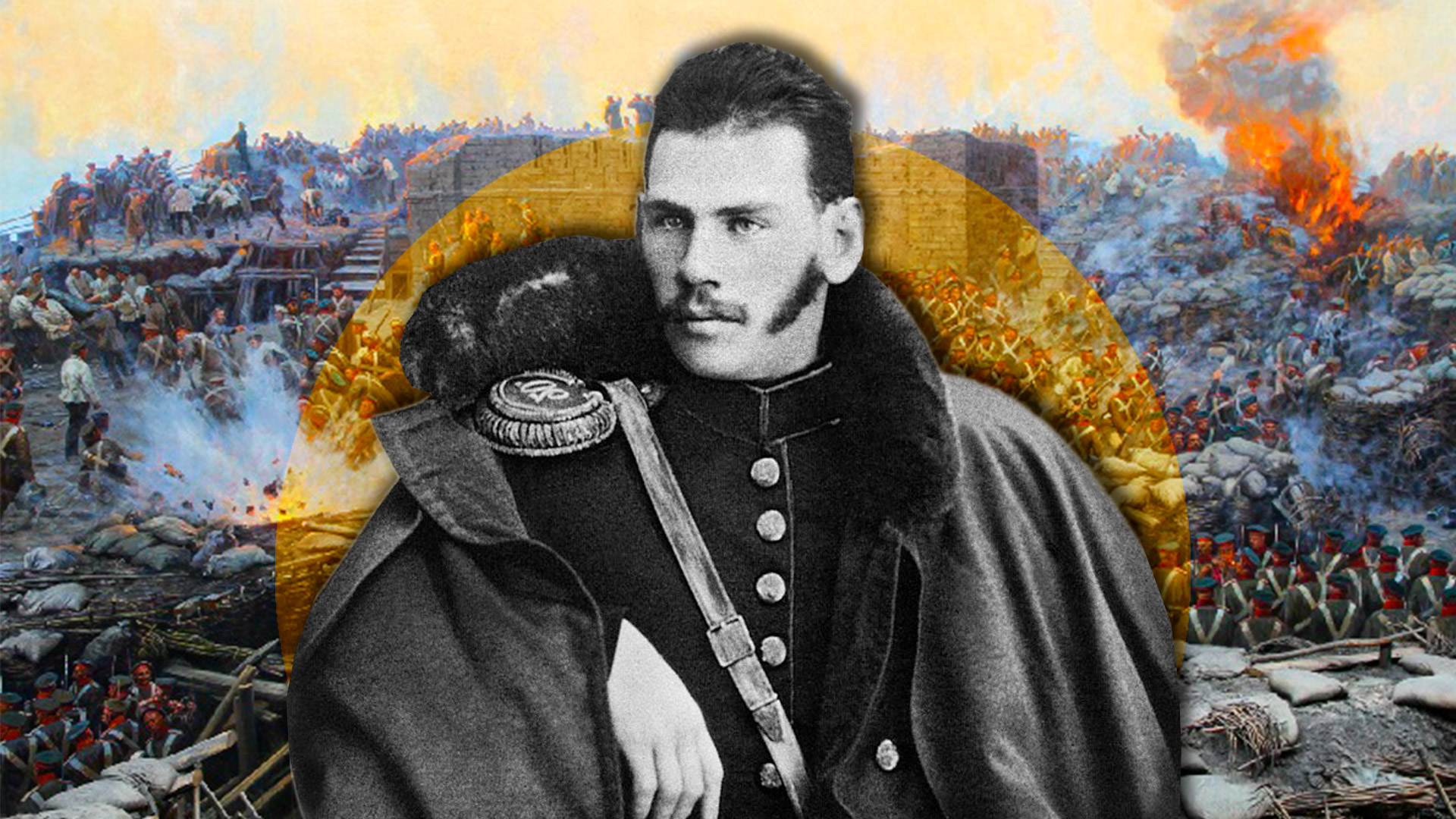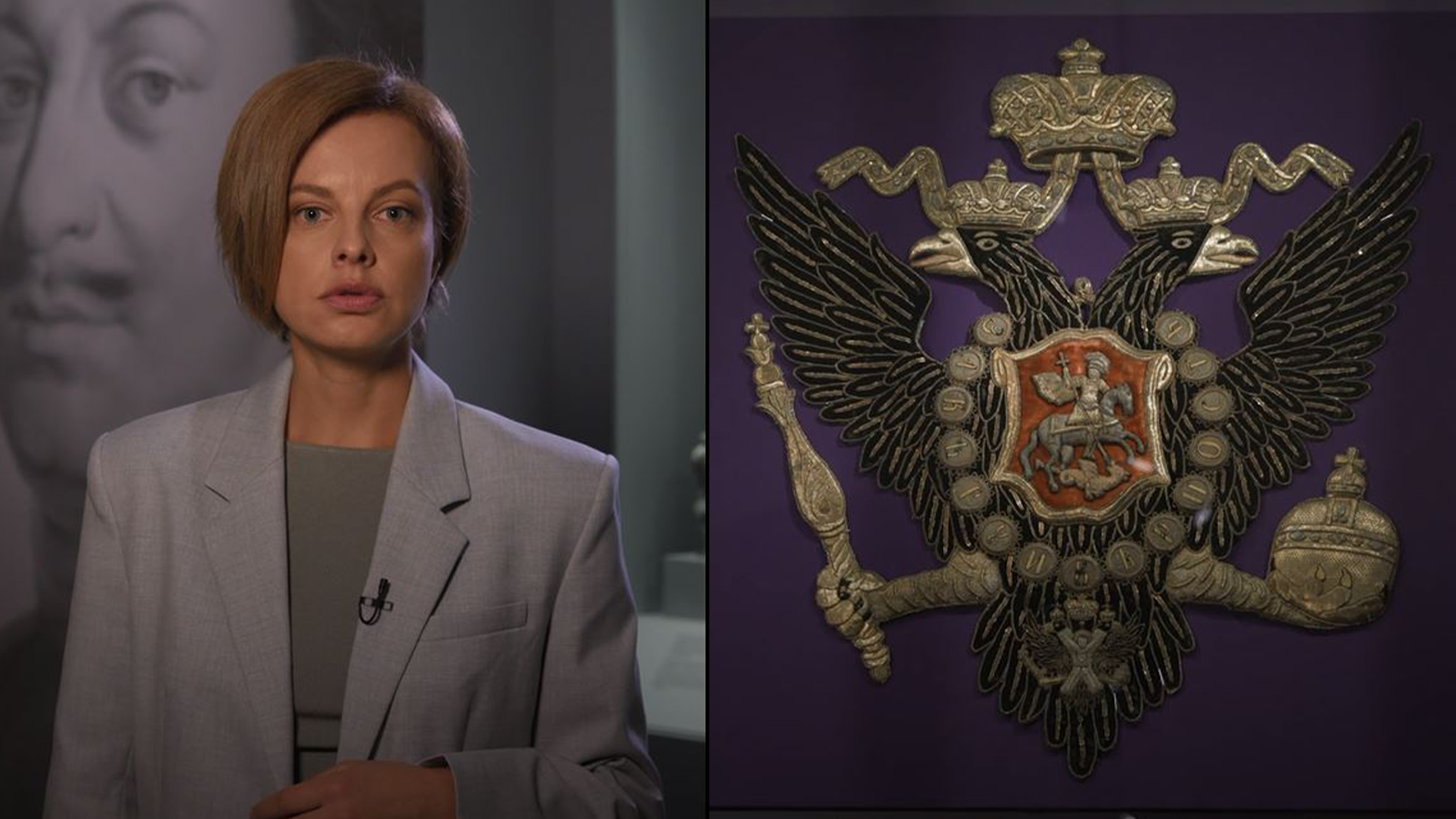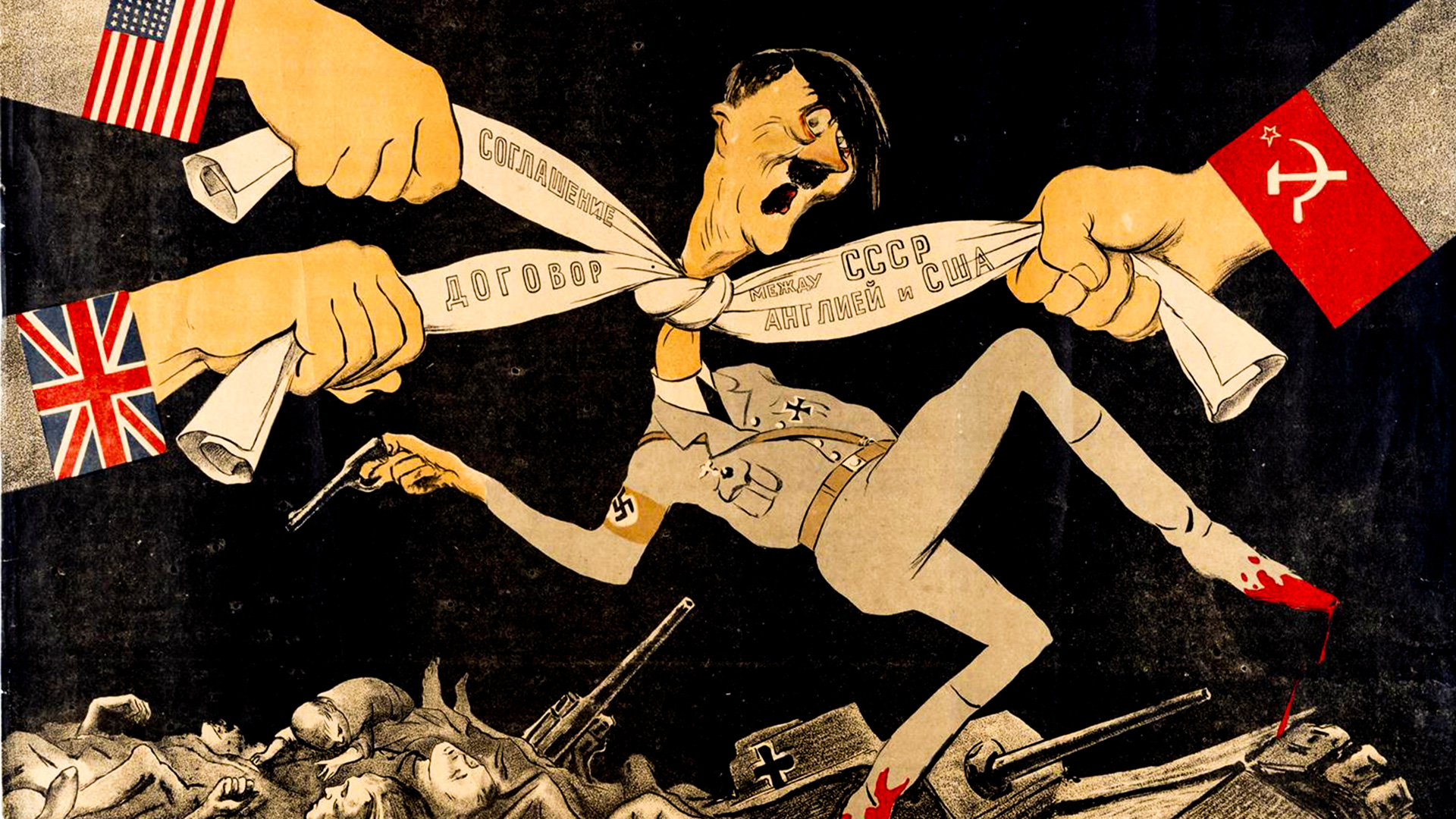
How the USSR saved Mongolia from Japan (PHOTOS)

The first threat to the Mongolian People's Republic arose in 1932: That year, the Japanese completed the occupation of Manchuria and created the satellite state of Manchukuo on its territory.
 Japanese troops in Manchuria.
Japanese troops in Manchuria.
The Mongols soon had territorial disputes with the Japanese satellite, which led to numerous minor border conflicts. Tokyo made virtually no secret of its plans to completely occupy the country and use it as a springboard for an attack on the USSR.
 Japanese soldiers creeping in front of wrecked Soviet armored cars in Mongolia during the Battle Of Khalkhyn Gol.
Japanese soldiers creeping in front of wrecked Soviet armored cars in Mongolia during the Battle Of Khalkhyn Gol.
Ulaanbaatar clearly understood that it could not withstand Japan alone and hastened to establish military and political cooperation with the USSR. On March 12, 1936, the parties signed a protocol on mutual assistance for 10 years. Thus, Soviet troops were stationed in Mongolia.
 Soviet soldiers during the Battle of Khalkhin Gol.
Soviet soldiers during the Battle of Khalkhin Gol.
Moscow made it clear to Tokyo that, in the event of aggression against its ally, it would defend the territory as its own. Despite this, the Japanese actively “probed” the Mongolian border and, by the Spring of 1939, the number of provocations there had increased many times over. The empire was not phased by the fact that its troops were firmly bogged down in military operations in China.
 Japanese crew of a Type 89 I-Go tank conferring at Khalkhin Gol.
Japanese crew of a Type 89 I-Go tank conferring at Khalkhin Gol.
On May 11, a large detachment of Japanese cavalry crossed the border in the Khalkhin Gol River area and attacked a Mongolian border outpost. It sparked a full-scale military conflict, which Marshal Georgy Zhukov called the ‘Undeclared War’. It was he who, in June, with the rank of division commander, was heading the 57th Special Corps of the Red Army stationed in Mongolia.
 Soldiers of the Mongolian People's Revolutionary Army at Khalkhin Gol.
Soldiers of the Mongolian People's Revolutionary Army at Khalkhin Gol.
In early July, Japanese troops suffered a heavy defeat in the battle for the Bain Tsagan peak. “The Japanese fought off our attacks desperately. But, the menacing avalanche of tanks, armored vehicles and infantry advanced further and further, breaking and smashing everything that fell under the tank tracks, artillery fire or infantry strikes,” Zhukov wrote in his ‘Memories and Reflections’.
 Red Army soldiers go on the offensive on Khalkhin Gol with the support of the BT-7 tank.
Red Army soldiers go on the offensive on Khalkhin Gol with the support of the BT-7 tank.
On August 20, Soviet-Mongolian troops launched a large-scale offensive against the positions of the 6th Japanese Army, which came as a complete surprise to the enemy. Less than a week later, it was completely surrounded and all attempts to unblock it ended in failure.

The defeat at Khalkhin Gol became a “cold shower” for Japan. The empire began to look extremely cautiously at the prospects of a future war against the USSR and did not dare to invade the territory of its northern neighbor during World War II.
 Mongolian soldier among Japanese prisoners.
Mongolian soldier among Japanese prisoners.
After Germany attacked the Soviet Union, the grateful Mongols became one of Moscow’s most loyal allies. During the war, they transferred 500,000 horses to the USSR, organized regular deliveries of meat, wool and sheepskin, collected gifts from the population and even equipped the Red Army with a tank column and a fighter squadron.

In August 1945, Soviet and Mongolian troops again found themselves in the same trenches – in the war against Japan. The Allies launched a rapid offensive in Manchuria, which ended with the defeat of the Kwantung Army and became one of the reasons for the capitulation of the ‘Empire of the Rising Sun’.
 Meeting of a Soviet officer and a soldier of the People's Revolutionary Army of Mongolia in the Gobi Desert.
Meeting of a Soviet officer and a soldier of the People's Revolutionary Army of Mongolia in the Gobi Desert.


